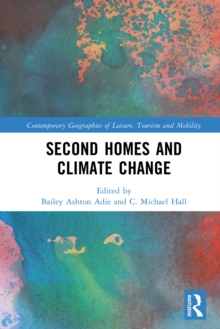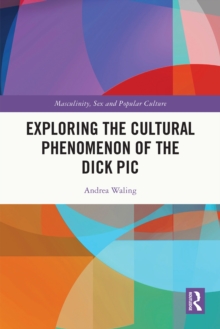
Cybercartography : Theory and Practice PDF
Edited by D.R. Fraser Taylor, Tracey Lauriault
Part of the ISSN series
Description
For generations, the map has been central to how societies function all over the world. Cybercartography is a new paradigm for maps and mapping in the information era. Defined as "the organization, presentation, analysis and communication of spatially referenced information on a wide variety of topics of interest to society,? cybercartography is presented in an interactive, dynamic, multisensory format with the use of multimedia and multimodal interfaces.
Cybercartography: Theory and Practice examines the major elements of cybercartography and emphasizes the importance of interaction between theory and practice in developing a paradigm which moves beyond the concept of Geographic Information Systems and Geographical Information Science. It argues for the centrality of the map as part of an integrated information, communication, and analytical package.
This volume is a result of a multidisciplinary team effort and has benefited from the input of partners from government, industry and other organizations. The international team reports on major original cybercartographic research and practice from a variety of disciplinary perspectives, including the humanities, social sciences including human factors psychology, cybernetics, English literature, cultural mediation, cartography, and geography. This new synthesis has intrinsic value for industries, the general public, and the relationships between mapping and the development of user-centered multimedia interfaces.
* Discusses the centrality of the map and its importance in the information era
* Provides an interdisciplinary approach with contributions from psychology, music, and language and literature
* Describes qualitative and quantitative aspects of cybercartography and the importance of societal context in the interaction between theory and practice
* Contains an interactive CD-Rom containing color images, links to websites, plus other important information to capture the dynamic and interactive elements of cybercartography
Information
-
Download - Immediately Available
- Format:PDF
- Pages:594 pages
- Publisher:Elsevier Science
- Publication Date:12/01/2006
- Category:
- ISBN:9780080472300
Information
-
Download - Immediately Available
- Format:PDF
- Pages:594 pages
- Publisher:Elsevier Science
- Publication Date:12/01/2006
- Category:
- ISBN:9780080472300










